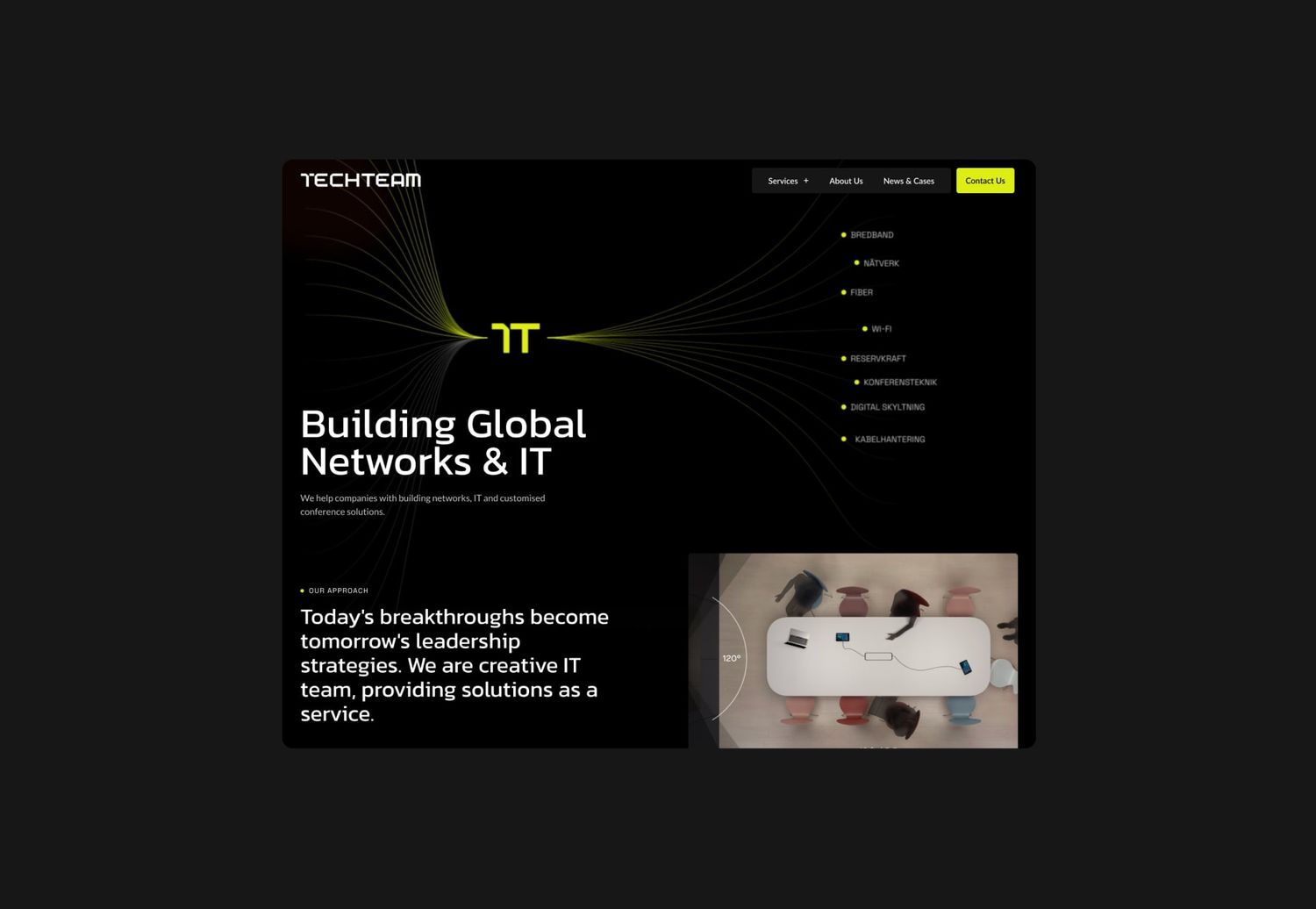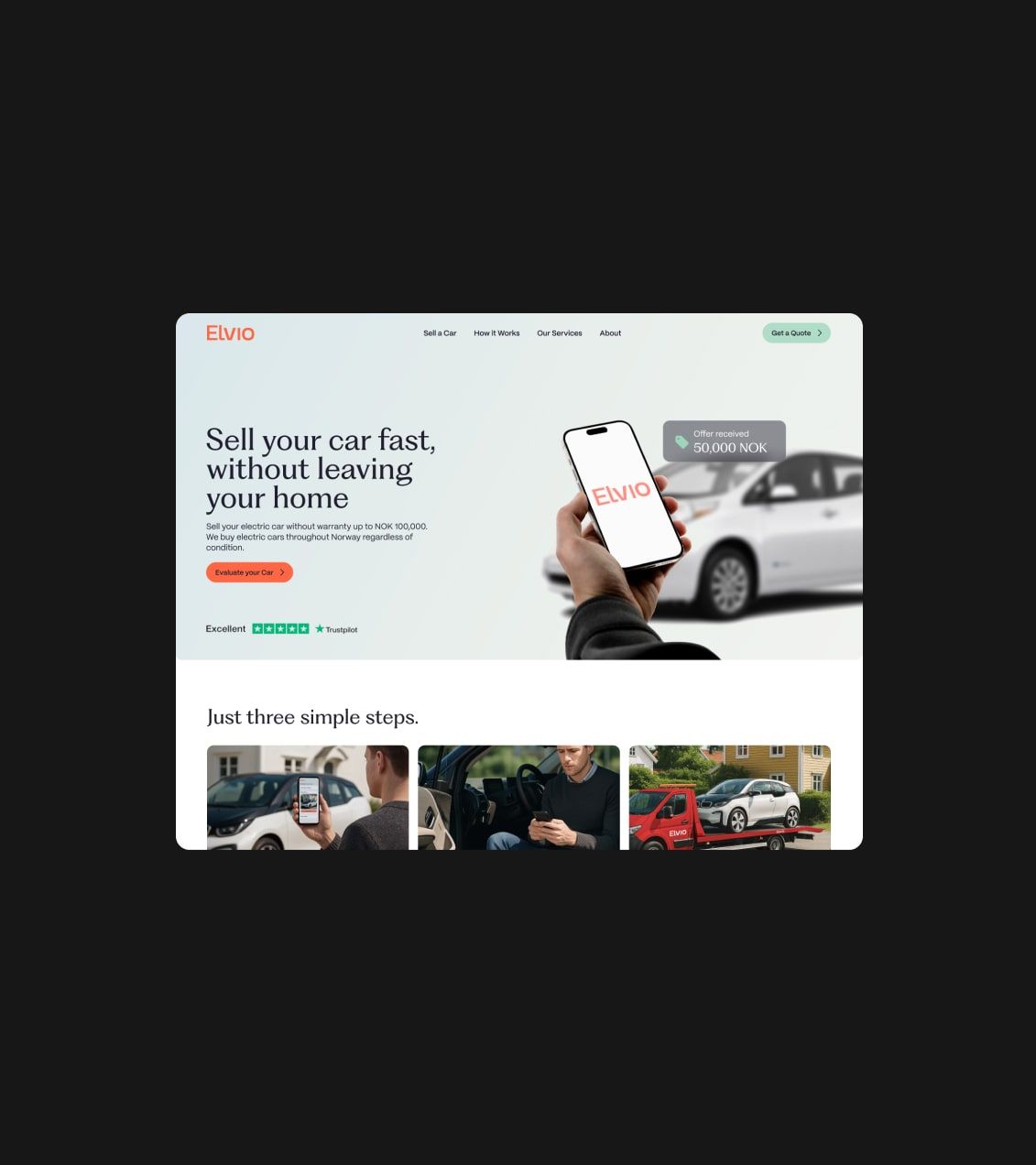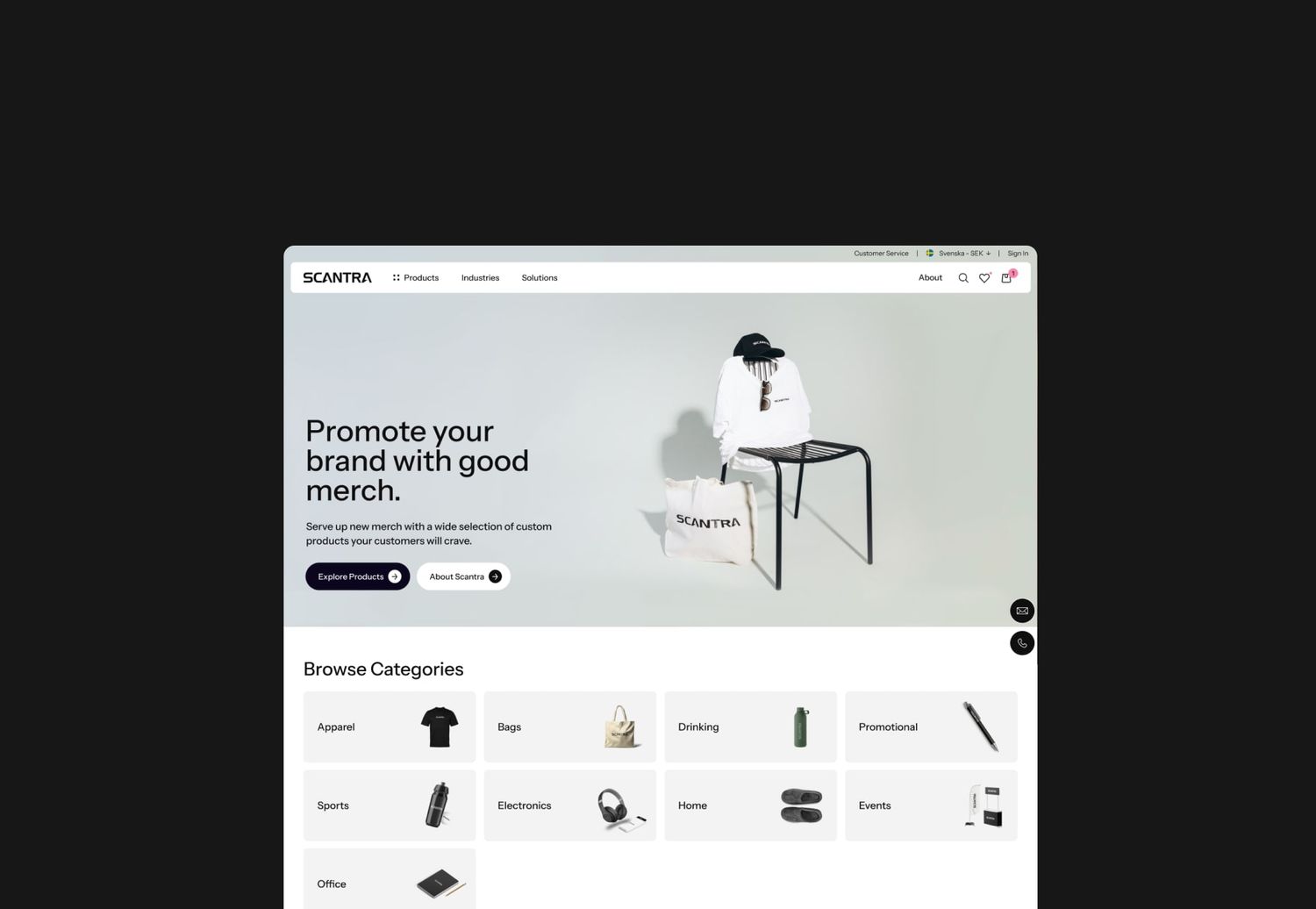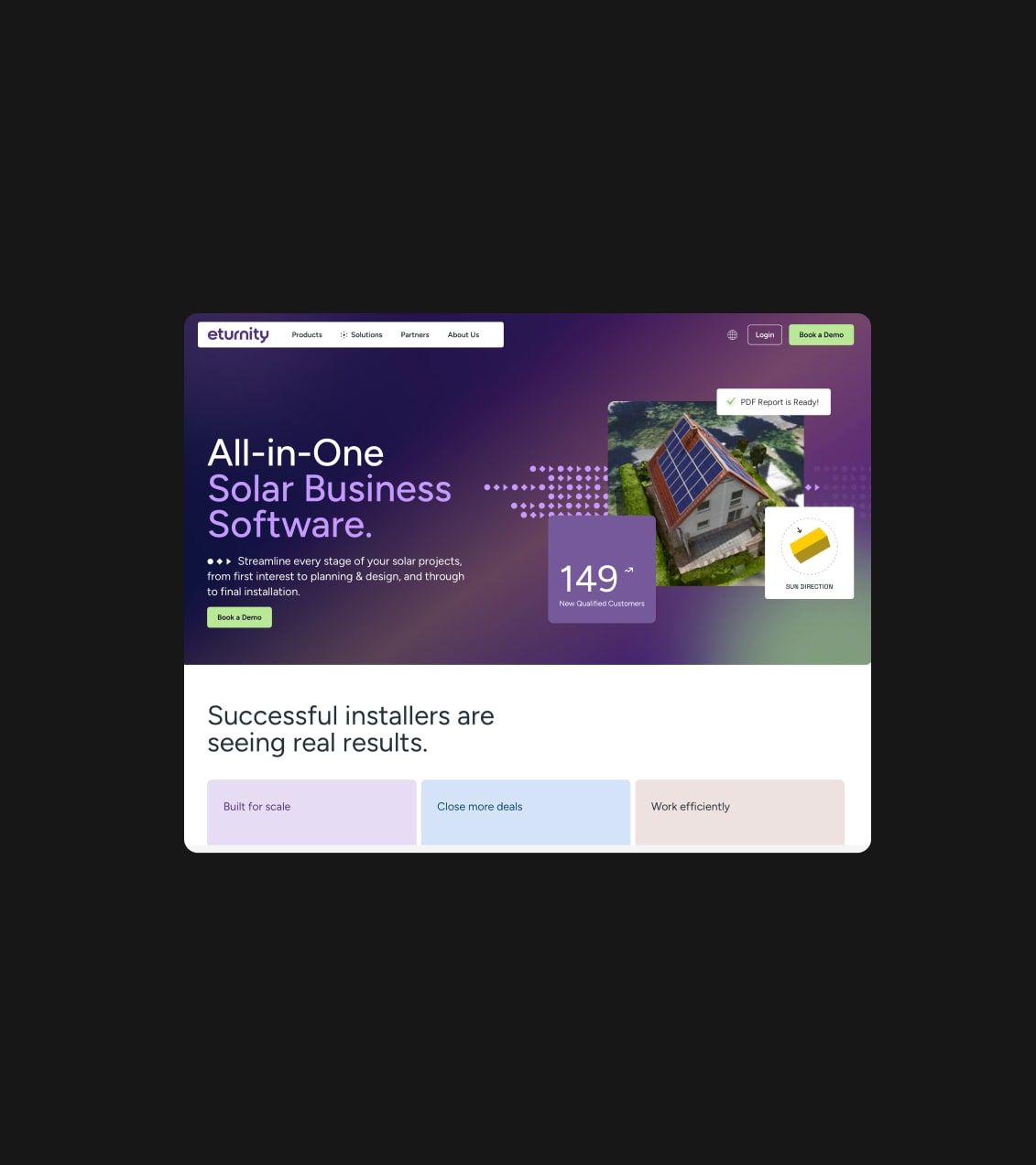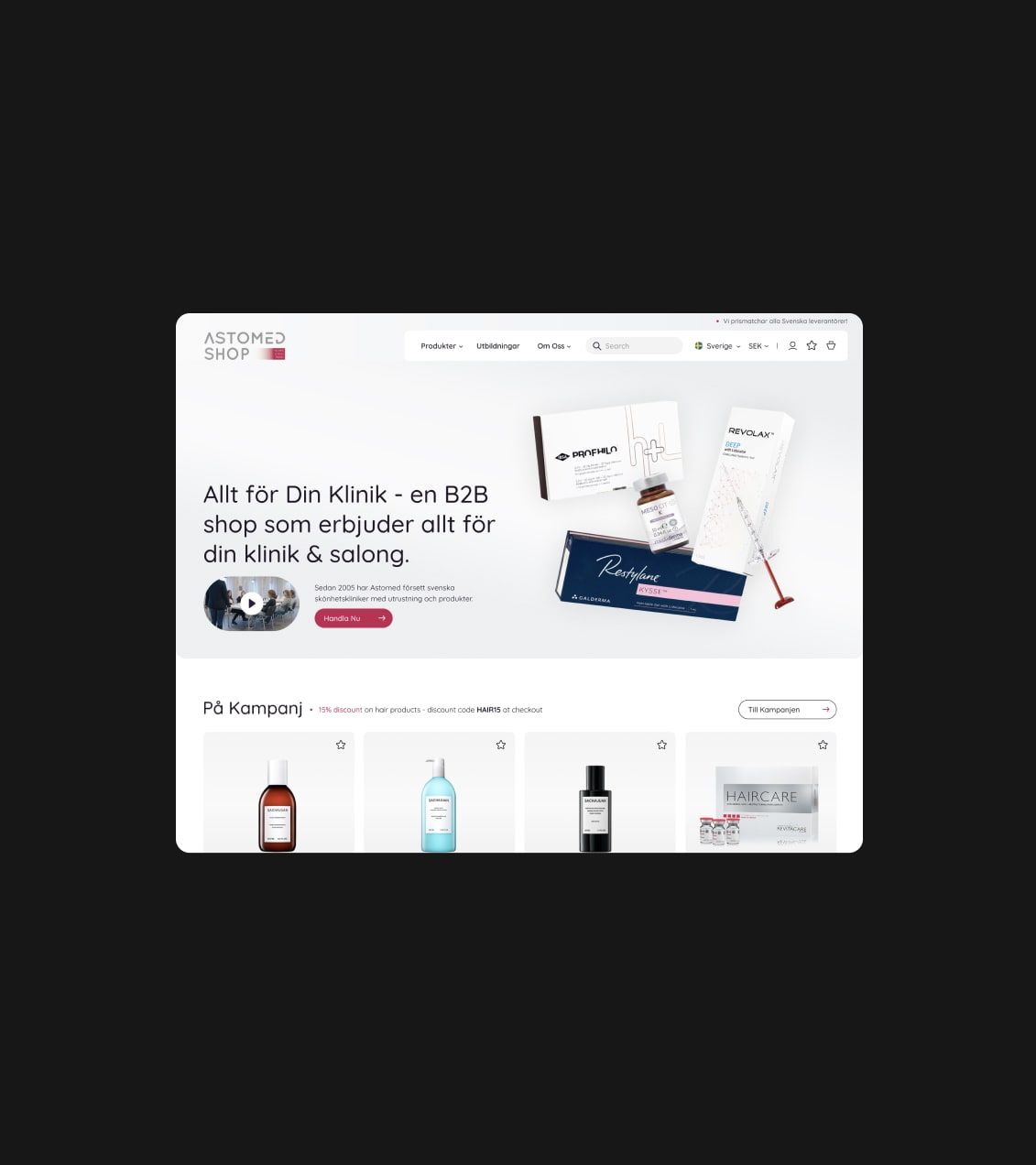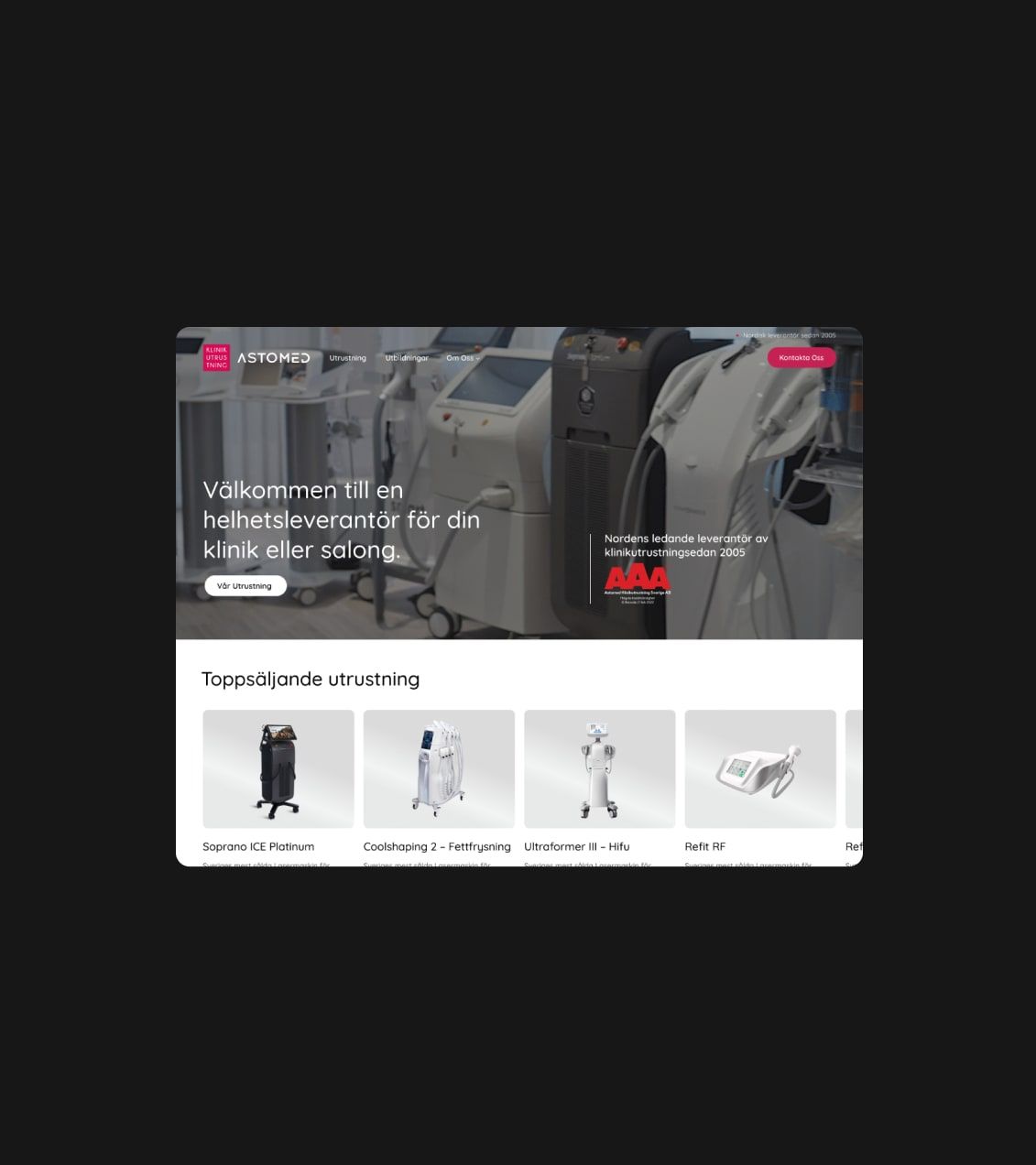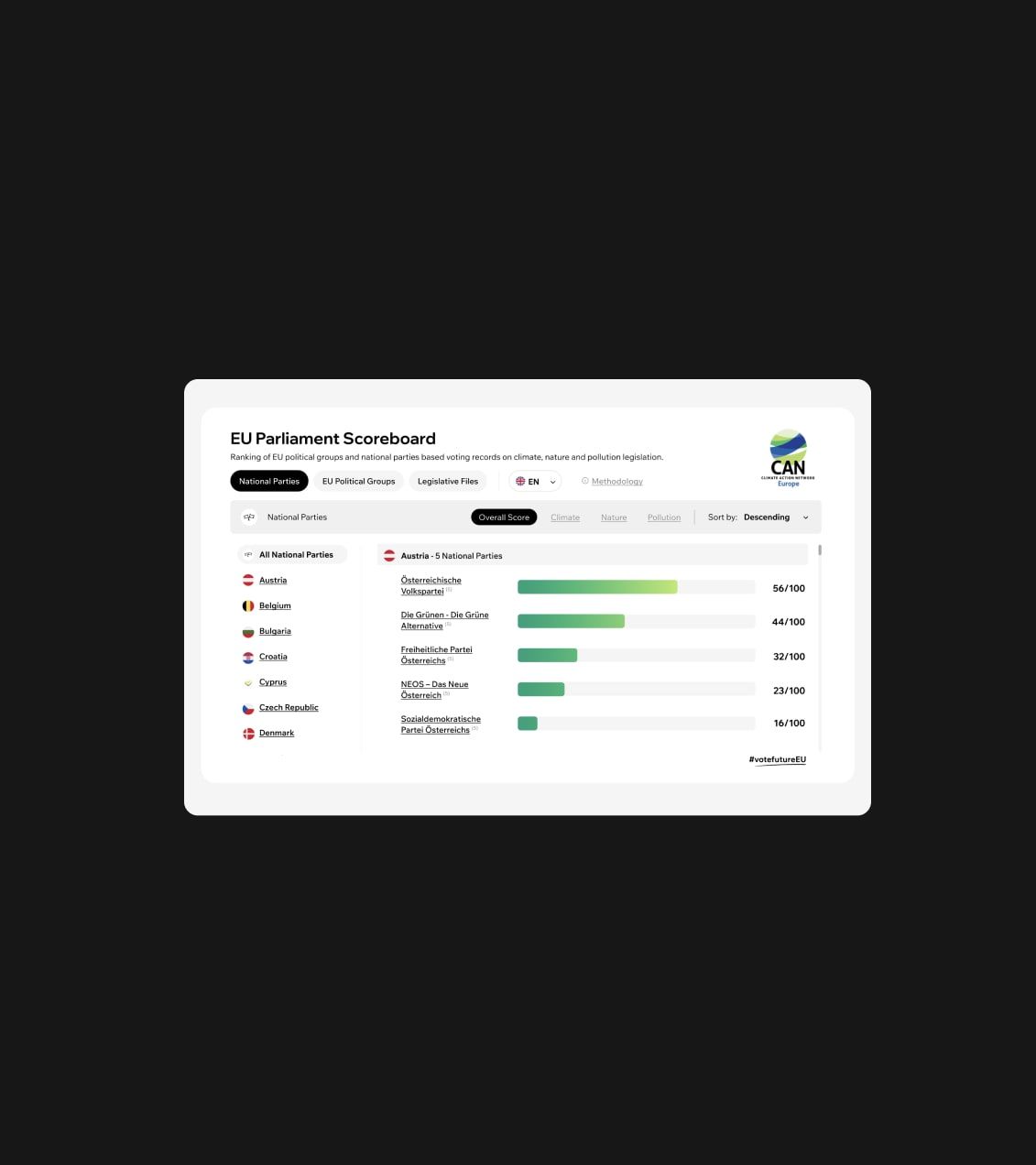
The impact of emotional design on the customer experience
When it comes to digital products or online stores we always think of three levels of emotions: visceral, behavioural, reflective. In 2023 we see a rapid growth of new websites, use of AI and online stores. A digital transformation never stops and brands are fighting to become on the top of the sales in their niche, and it’s clear, that emotions still play a critical role in the digital customer experience nowadays. Customer personalisation taking a new level now – we can see that design studios are now focusing on emotions that attributed to an individuals, but not the individuals themselves. Emotional design creates a great connection of meaningful and important things to the customers with the products.
The interesting observation, that websites with sensual, aesthetic design are often showing more trustworthy and working effectively with the customer’s sensorial. On the other hand, outside of digital products, we can see some examples which shows that less attractive objects can perform better.
The purpose of emotional design in the digital world is to create an impact that connects a business to their customers by expressing the company’s brand and idea using personable character traits.
How do we consider emotion when building a new digital product?
I understand one thing, if you show care to your customers through the design – it enables you to establish meaningful connections with consumers and differentiate from the competitors. But what is care in web design and how can we represent this in our work? We truly understand needs, we deliver experiences that align with customers expectations and use mental models practice in our work.
Personalization
Friendship is a core of emotional web design. By understanding the preferences of the customer, we can build a connection with them based on their individuality. By incorporating simple design elements with the aid of soft skills and sound judgement, we can make online experience better for users.
It is crucial to comprehend the emotional intent and usefulness behind each design decision – we need to avoid bad design choices. When working on new website, ensure that each component complements each other and show your message effectively. It’s important to find the right balance between simplicity and monotony, as well as between excitement and confusion.

For example, for our client Key Solutions, we use video of their employe having fun in the footer, so visitors feel like in a good company.
To sum up – avoid templates and standard practices, make your website unique and explore your user audience preferences before starting the project. Put emotions into your experience.
Remember – emotional experiences are incredibly significant, as they leave a deep mark on our long-term memory and create a user experience that fosters a sense of personal connection and users are likely to get back to your product.
Engagement and recognition
Nobody likes websites that are confusing and boring. Time of passive consumption of mundane content is over. Use engagement or enjoyment while browsing new website or returning to the one they already visited are important. This engagement can be archived through the interactive elements as we like to make edits into our experiences, we like playing games and we don’t like popups or advertisement coming out our way.
But don’t overthink it too. As with everything mentioned earlier, engaging your users should be determined by their needs. If users are seeking for an efficient way to interact with your website, then streamline that process as much as possible, but if users have more time and are more inquisitive, you have the opportunity to captivate them further.
Personal brand voice
Personal brand voice on your website is essential. You communication style with the clients speaks about your relationships with them. Don’t forget and don’t skip this point. We all don’t like to read text generated by online generator or see a lot of plain text without separations. You tone of voice determines the users’ first impression. If you talking about a serious topic through a comical story, the users may not take you seriously.

Make sure you have the right tone that suits you brand and product itself. For example, if you attempt to sell something fun with a serious tone, the users may not perceive you as genuine.
What brands must do to keep their customers on the website for a longer period and make them return?
Simple answer is to be yourself. Of course brands must adopt different strategies and in today’s market, customers seek more personalised experiences. Brands must focus on building emotional connections with customers. You should know who you are design for and answer the question – will Mike, a 29 year old guy from Liverpool, who is my regular customer will understand my website?
End users will be the ones who buy and use your product, so it’s crucial to know their needs and preferences by exploring basic demographics, which can give you a general idea of your target market. However, to design something that is both usable and enjoyable, we need to have a clear understanding of their goals, how they plan to use your website, and what matters most to them.
Donald Norman identified three levels of visual design, each associated with a different cognitive process: the visceral level which is appearance, the behavioural level, means usability, and the reflective level, which is personal satisfaction, self-image, and recollection. The desired internal design objectives, user needs, expectations, and context dictate how the designer should harmonise these three levels and prioritise design elements to optimise user experience.
Emotions drive to positive experiences, elevating our mood and enhancing our memory retention – so build you strong brand voice, incorporate it into the website design, without adding not useful things that are pretty to your website if you end customer don’t need it. You alway want to get back where you have positive feelings.

